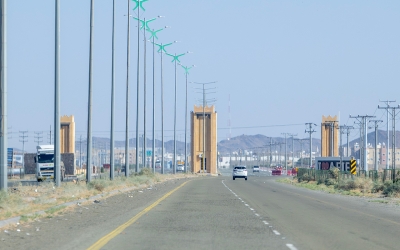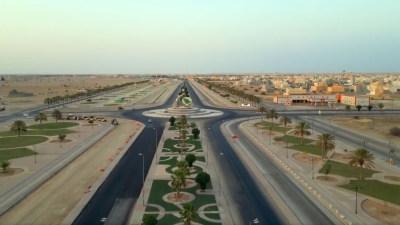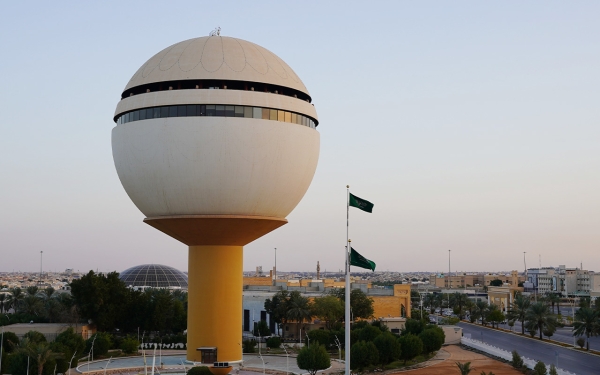
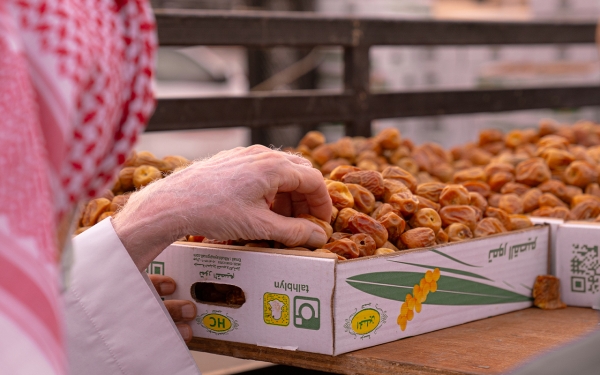
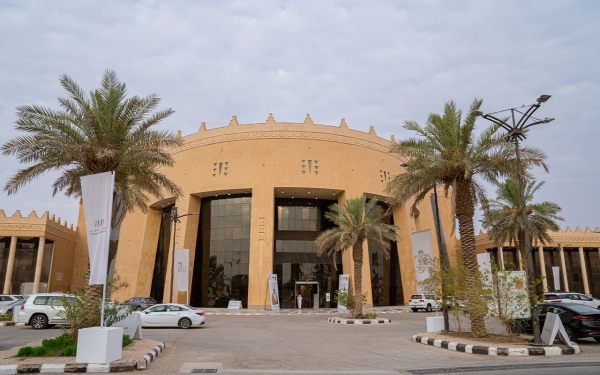
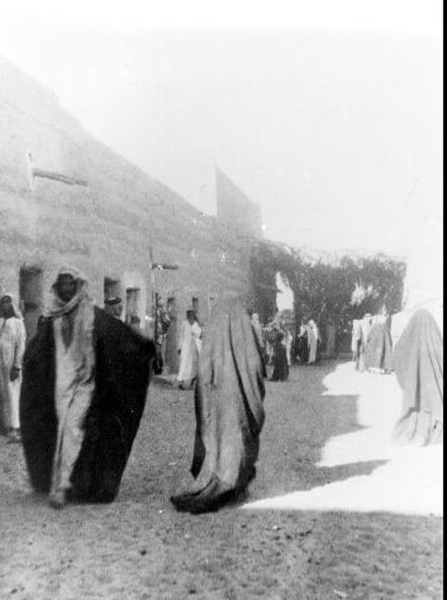
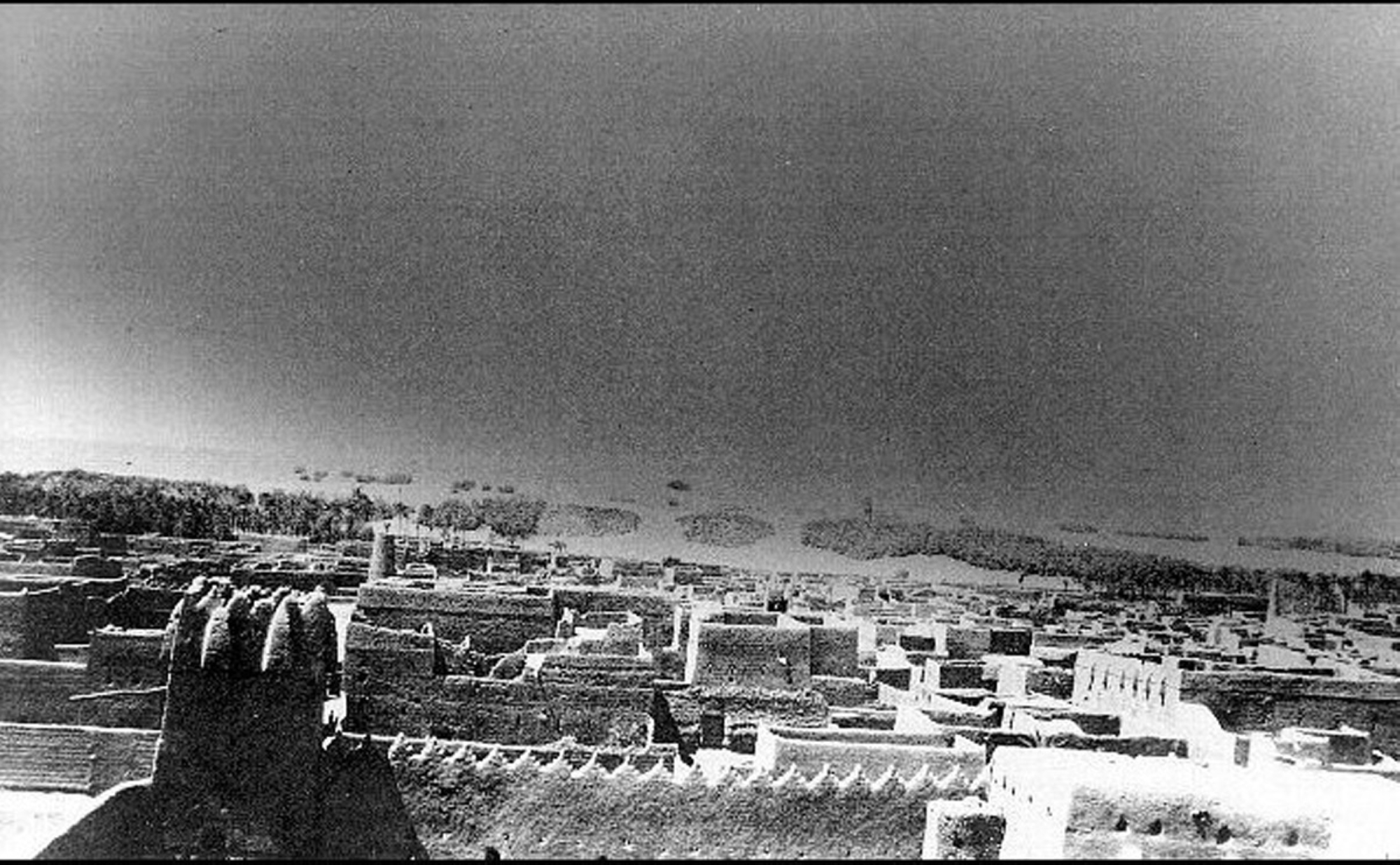
History of Buraydah City
Buraidah City was founded in the sixteenth century and steadily grew due to its location at the intersection of the main trade routes in the Kingdom. It is situated between key hubs: Riyadh, Hail, and al-Madinah al-Munawwarah. The ancient pilgrimage route, Darb Zubaida, also passes through it, which has witnessed many historical events and stretches from Iraq in the north to Makkah al-Mukarramah. The city's growth and development are attributed to its agricultural products and livestock wealth, which have expanded in trade with the pilgrims and continue to this day as a significant contributor to its economy.
Geography of Buraydah City
Location of Buraydah City
Buraydah City is located in the north-central part of the Kingdom, between latitudes 26°18' and 26°44' North and longitudes 43°51' and 43°52' East. It is situated at an elevation ranging between six hundred and 650 m above sea level. Surrounding the city are some smaller towns and cities, such as al-Batin to the north, al-Tarifiyah and al-Raba'iyah to the east, Unaizah to the south, and al-Bukayriyah to the west. Buraydah is approximately 330 km northwest of Riyadh, the capital of the Kingdom, and seven hundred km east of Makkah al-Mukarramah. It spans an area of about 1,300 km.
Climate of Buraydah City
Buraydah's climate is characterized as continental desert due to its location in a desert region and its distance from bodies of water. It is surrounded by sand dunes on all four sides, which contribute to the winds carrying dust and soil to the city. The speed and direction of the winds that blow over Buraydah City vary with the seasons. However, they predominantly come from the northeast.
Temperature in Buraydah City
Temperatures in Buraydah city rise during the summer months, with an average reaching up to forty-three degrees Celsius. The highest average temperature recorded in August in Buraydah was 43.4 degrees. On the other hand, the lowest temperature recorded during the winter months was 6.3 degrees Celsius in January, with a winter average temperature of about 7.4 degrees. The averages are close during the spring and fall seasons. In the spring, it reaches 17.3 degrees, and in the fall, it's approximately 18.1 degrees.
Rainfall in Buraydah City
The rainfall in Buraydah is relatively sparse, with an annual average of 146 mm and an average of twelve mm monthly. The peak is in April, with 28.8 mm, while the lowest average rainfall is in October, with 4.3 mm. Rainfall is almost nonexistent during May, June, July, and August.
Humidity in Buraydah City
The annual average humidity in Buraydah is about 32.5 percent, which is relatively low due to its distance from the sea. Humidity reaches its peak in the winter season, averaging 50 percent, with its highest point in January at 53.4 percent. The summer season records a low average humidity rate, reaching 17.1 percent, with the lowest recorded in July at 16.7 percent. The speed and direction of the winds blowing over Buraydah City vary depending on the months and seasons of the year, but they predominantly come from the northeast.
Demographics of Buraydah
In the 2022 Saudi population census, the population of Buraydah was approximately 677,647 people, which represents about 50.7 percent of the population of al-Qassim Province and about 2.1 percent of the population of the Kingdom. The population growth rate was about 3.67 percent between 2004 and 2009, indicating that the growth rate is higher than the average for both the province and the Kingdom. The overall population density of Buraydah City is 2,486 people per km. Half of them are young people under the age of thirty. The percentage of youth under the age of twenty-four is 46 percent, and 3 percent of the total population are those over the age of sixty-five.
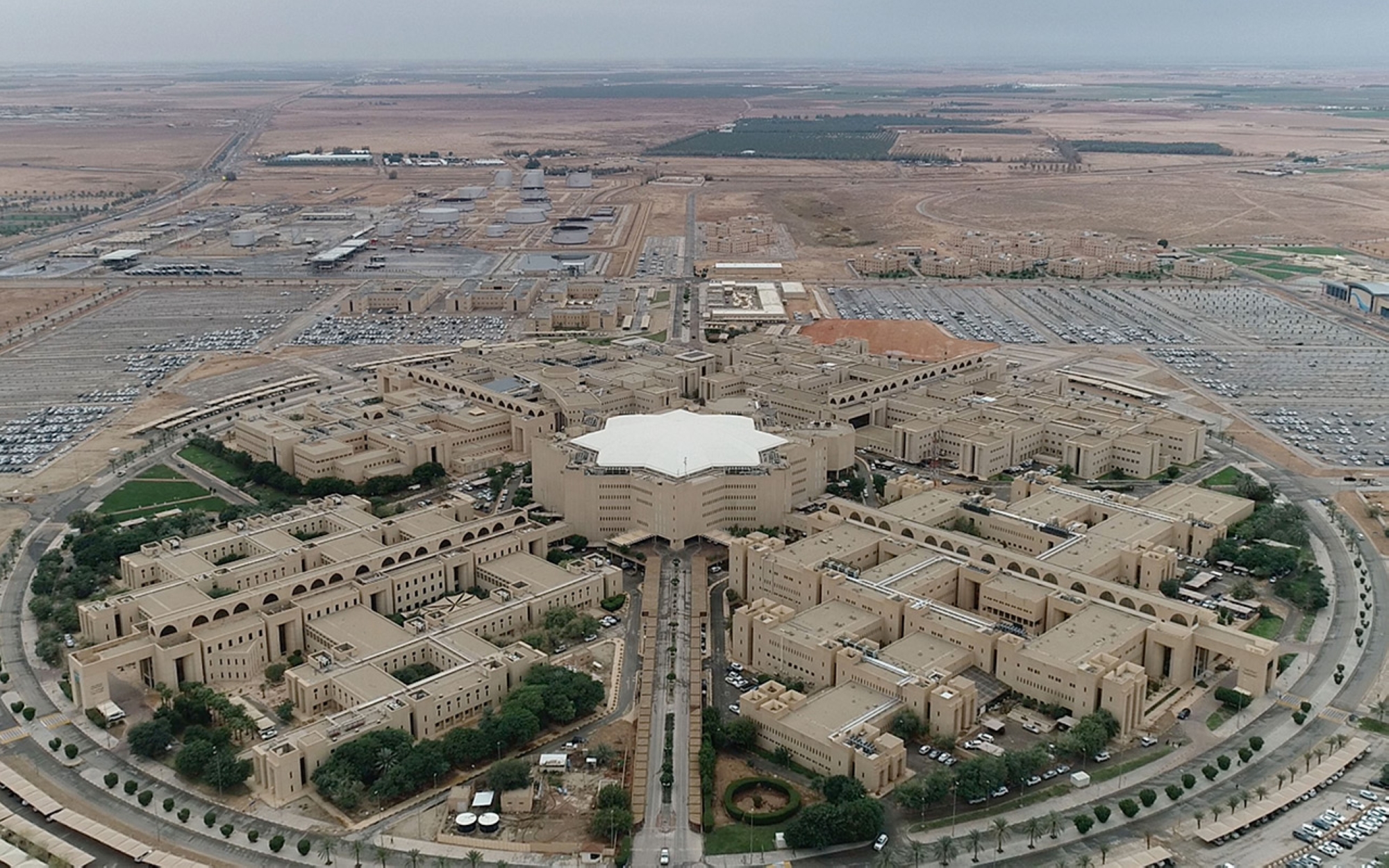
Education in Buraydah City
Education in Buraydah is part of the education system in the Kingdom. It aims to build a knowledge-based society in Buraydah City, the administrative capital of al-Qassim Province. The General Directorate of Education in al-Qassim Province oversees it and focuses on the learner, who is considered the centerpiece of the educational process. Al-Faisaliyah School was the first formal educational institution in Buraydah, opened in 1937. Al-Faisaliyah represents the nucleus of formal education in the city, and the number of its students in the first year was eighty-five.
Education in the public sector
The number of primary schools for boys reached about 188, with 1,671 classes and 31,085 students. The number of middle schools for boys reached ninety-nine, with 613 classes and 14,970 students. The number of secondary schools for boys reached fifty-seven, with 293 classes and 12,560 students. The number of primary schools for girls reached 193 schools, with 1,623 classes and 31,056 students. The number of middle schools for girls was 112, with 576 classes and 14,907 students. The number of secondary schools for girls in Buraydah City was seventy-four, with 383 classes and 14,011 students.
Education in the private sector
The number of private primary schools in Buraydah reached sixteen for boys and eighteen for girls. The number of private middle schools reached thirteen for boys and fourteen for girls. Lastly, there are twelve private secondary schools for boys and ten for girls in the same sector.
Higher education
Public universities: Buraydah City includes one governmental university, which is Qassim University. It was established in 2004. The university accommodates around 66,894 male and female students, according to the latest statistics issued by the university.
Private universities: There is one private university in Buraydah, which is al-Mustaqbal University. It was formerly known as al-Qassim Private Colleges and was the first private college in al-Qassim Province. It was established in 2004. Later, it was transformed into the first private university in the region under the name al-Mustaqbal University in 2019. Also, Buraydah Private Colleges were established in the city in 2007. Later, al-Ghad International Colleges for Applied Medical Sciences was also opened in Buraydah in 2009, with the first batch having fifty-eight students.
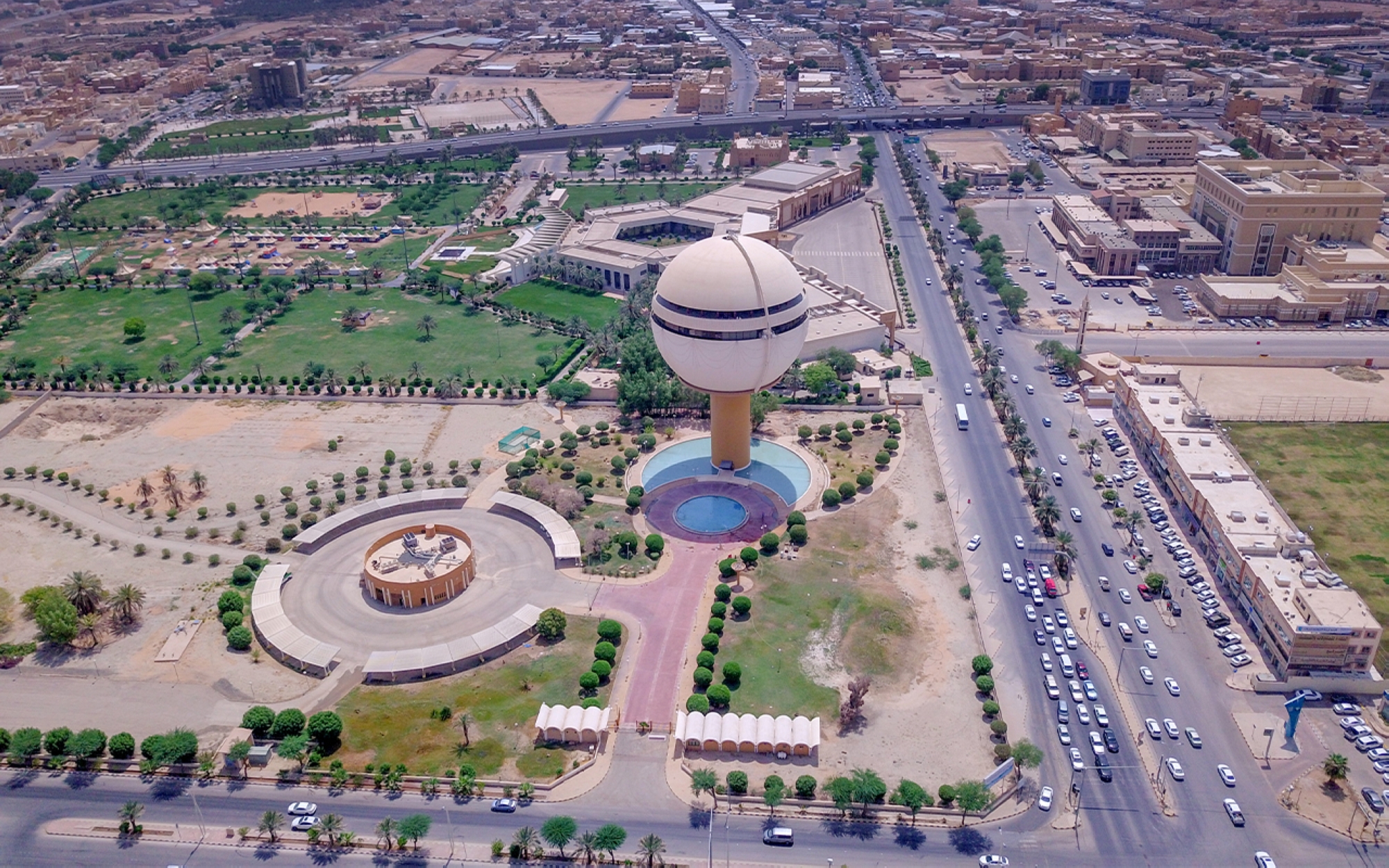
Urban dynamism and urban growth in Buraydah
Over time, Buraydah City has witnessed growth and improvement in urban development. The urban scope of Buraydah City covers about 912 km, while built-up urban areas occupy an estimated area of 223.8 km. Agricultural lands within the urban boundaries account for approximately 103 km, while vacant lands in the urban area constitute 48 percent.
Economic dynamism in Buraydah
The main economic sectors supporting economic activity in Buraydah are four: the public sector, or government departments; the services and management sector; and the commercial sector. Buraydah is considered one of the most important commercial hubs in the Kingdom due to its strategic location. Commercial establishments in al-Qassim Province and its capital, Buraydah, represent about 6.6 percent of the total commercial establishments in the kingdom, amounting to 1.19 million establishments. The last sector is the agricultural sector, which represents the foundation of Buraidah's economy. It produces the highest proportion of wheat in the Kingdom and has the largest date markets in the world, exporting them to over twenty countries worldwide.
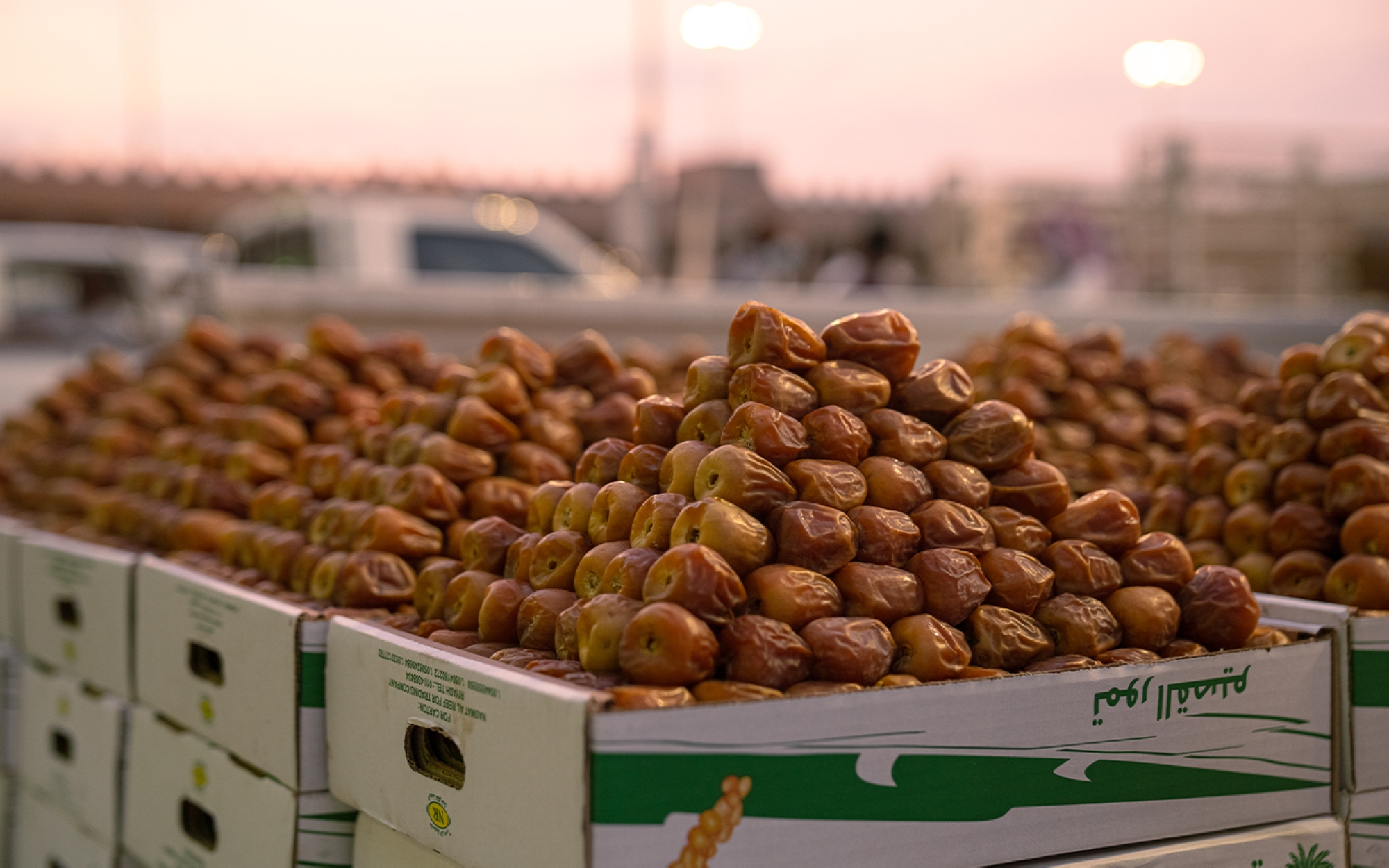
Buraydah Date Festival
The Buraydah Date Festival is recognized as the world's largest date market, and it represents the biggest economic cluster for dates and their derivatives in the Kingdom. It is an annual event, in which approximately eight million palm trees participate, bringing their fruits to the festival via nearly fifty-three thousand vehicles loaded with more than fifty-seven thousand t of over forty-five varieties of dates. The annual date festival takes place in Buraydah City, is one of four other festivals held in al-Qassim Province, and lasts for a month.
Al-Batin Project in Buraydah
It is home to the largest palm farm in the world, Saleh Bin Abdulaziz al-Rajhi Endowment Farm, which has multiple international certificates. The project obtained a certificate from the Guinness Book of Public Information and Records in May 2005 as the largest palm project in the world. It has approximately two hundred thousand diverse and productive palm trees, consisting of forty-five varieties. The amount produced from it exceeds five thousand t, and the total area of these endowments is about 5,600 ha. Additionally, it received a certificate from the European Organic Farming Organization (ECOCERT) in August 2007 for producing organic dates suitable for export outside the Kingdom and for domestic marketing after a series of documented visits, inspections, and scientific studies. The endowment also received certificates from al-Qassim University and King Saud University in Riyadh confirming that the dates produced by the project, pits, and soil are free from pesticide residues, based on an annual analysis of samples of dates, pits, and soil in the laboratories of al-Qassim University and King Saud University in Riyadh.
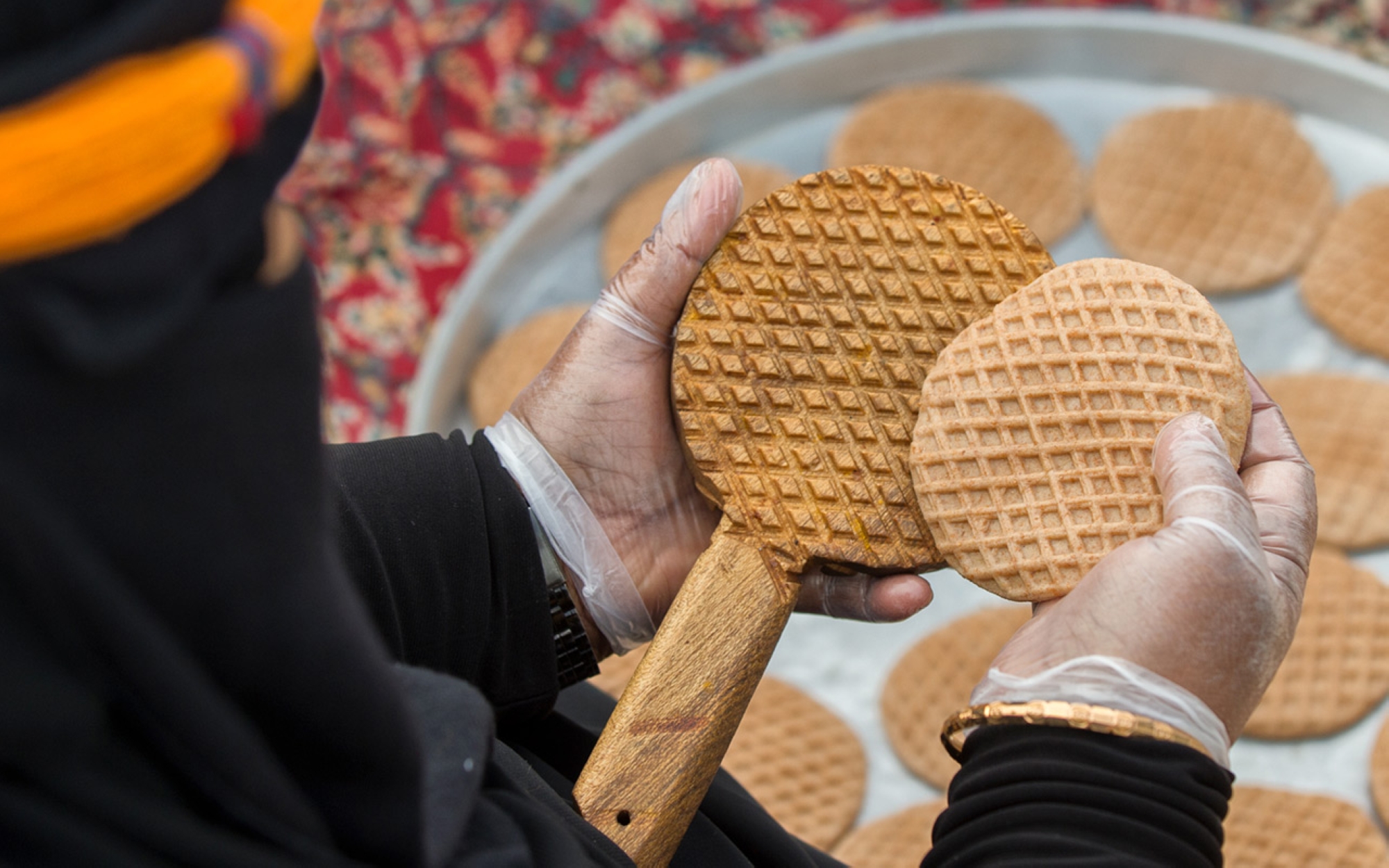
Klija Festival
The Klija Festival in Buraydah is organized and operated by the Chamber of Commerce in al-Qassim Province, located at the Palm Center in Dates City in Buraydah. The festival features the participation of more than two hundred producing families from various regions of the Kingdom. It showcases traditional dishes, desserts, crafts, and handicrafts. The festival also includes various events and activities.
Transportation
Transportation in Buraydah City is divided into two main sections: land transportation and air transportation. The Ministry of Transport and Logistics Services is the entity responsible for all transportation affairs in the Kingdom, such as studying, designing, implementing, and maintaining road works and overseeing the transportation movement within the city.
The SAPTCO Public Transport Station
In the field of land transportation, Buraydah City has a station for the Saudi Public Transport Company (SAPTCO), which is responsible for operating trips between Buraydah and other cities in the Kingdom.
SAR Railway Station
Buraydah City houses a SAR Railway Station, one of the north train stations, complementing other stations in Riyadh, al-Majma'ah, Hail, and al-Jawf. The passenger train departs from Riyadh and heads northwest towards al-Haditha, near the Jordanian border, passing through al-Majma'ah, al-Qassim, Hail, al-Jawf, and al-Qurayyat. Additionally, the North freight train line extends from the al-Jalamid mine on the northern border, traversing al-Jawf and Hail, and reaches the al-Ba'itha junction in al-Qassim Province. From there, it directs towards the processing and export facilities at Ras al-Khair in the Eastern Province, along the Arabian Gulf coast.
Prince Nayef Bin Abdulaziz International Airport
In the field of air transportation, the Ministry of Transport and Logistic Services, in collaboration with the General Authority of Civil Aviation, oversees the development of the aviation sector. Buraydah City is home to Prince Naif Bin Abdulaziz International Airport, established in 1971, with a capacity to accommodate approximately seven hundred thousand passengers annually who travel aboard planes operated by roughly thirteen airlines. The airport was awarded the Best International Airport for airports with less than two million passengers, and Best International Airport in Airport Cluster 2, which encompasses twenty-two airports.
Cultural dynamism in Buraydah
UNESCO Creative Cities Network
Buraydah City joined the UNESCO Creative Cities Network, as recognized by the UNESCO Director-General in November 2021, in the culinary arts. This conference invited 295 creative cities from around the world, representing ninety countries. Buraydah city is the first Gulf city and the second Arab city to be recognized in the culinary arts.
Al-Oqilat Museum
The museum includes heritage collections, photographs, and documents related to al-Oqilat, featuring around three thousand photos of al-Oqilat families and 1,500 associated with them. The museum also houses the shield worn by King Saud Bin Abdulaziz Al Saud during the battles for the unification of the Kingdom, including the Battle of Sabilla. Its name is derived from al-Oqilat families, who were traders representing cultured tribes and families from Najd and specifically al-Qassim Province. They were renowned for trading in camels, horses, sheep, ghee, clothing, and foodstuffs from various parts of the Arabian Peninsula and conducting trade in Kuwait, Iraq, the Levant, and other Arab countries.
Related quizzes
Related articles

